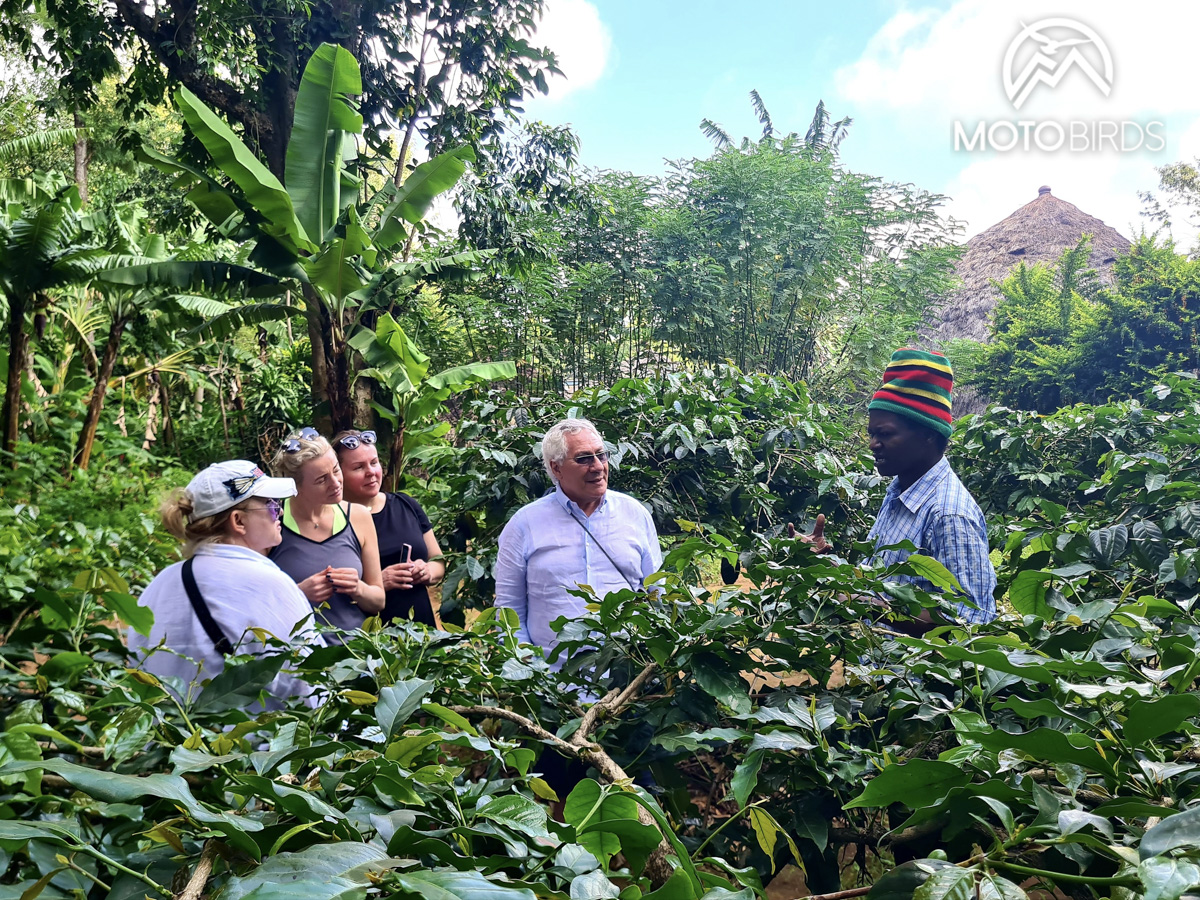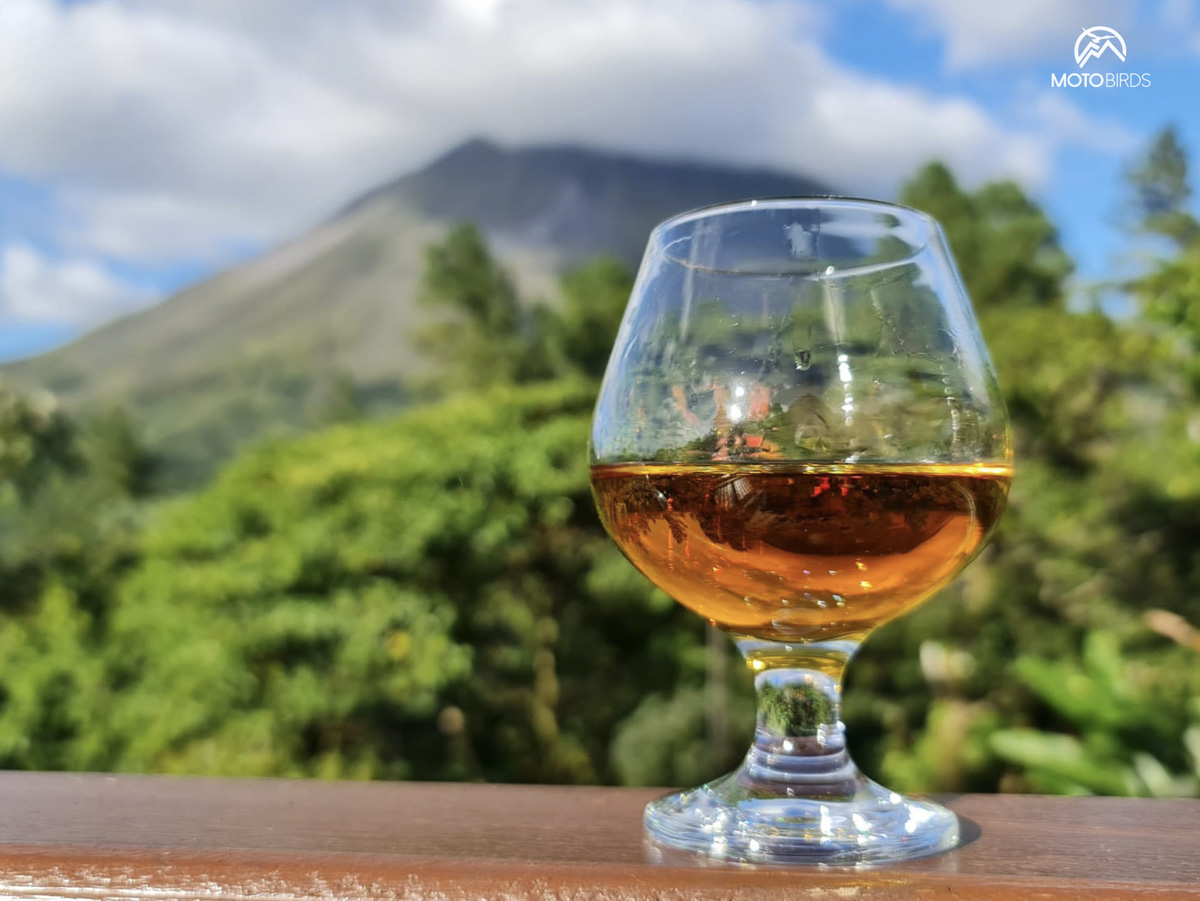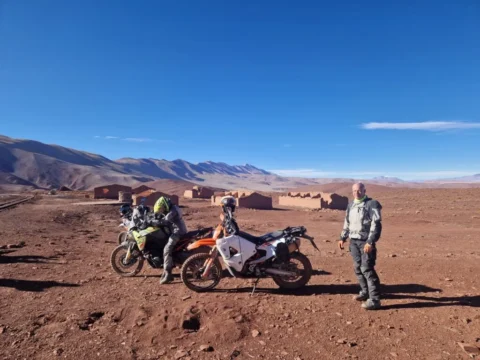Exotic Flavors on a Motorcycle Adventure? Let Yourself Be Pleasantly Surprised
Legend has it that an Ethiopian shepherd noticed that his goats became much more active after eating coffee berries. Curious about the effects of this plant, he decided to try the coffee berries in the form of a beverage, inadvertently discovering one of the most popular drinks in the world. But what about tea? Nobody knows… What we do know is that exotic flavors on a motorcycle adventure are more than just juicy steaks. That’s why today, we’re taking your taste buds on an extraordinary journey!


Newsletter subscribers get more!
Join MotoBirds Soaring Newsletter and don't miss any important content, gear tests, travel inspirations and newest offers in the future! We'll also let you know about fresh publications on our blog.
Search for exotic flavors in less obvious places
Although we’re not experts in anatomy, we believe that taste buds are connected to memory. There’s some truth to it, right? It’s hard to say if medicine is interested in this topic, but avid travelers definitely know what we’re talking about. Many things can be forgotten, but no one forgets the experiences that local cuisine guarantees. In fact, we’ve written many times before that traveling the world indulges your taste buds. We’ve even delved into specialties you can taste, for example, in Latin America or in Vietnam.
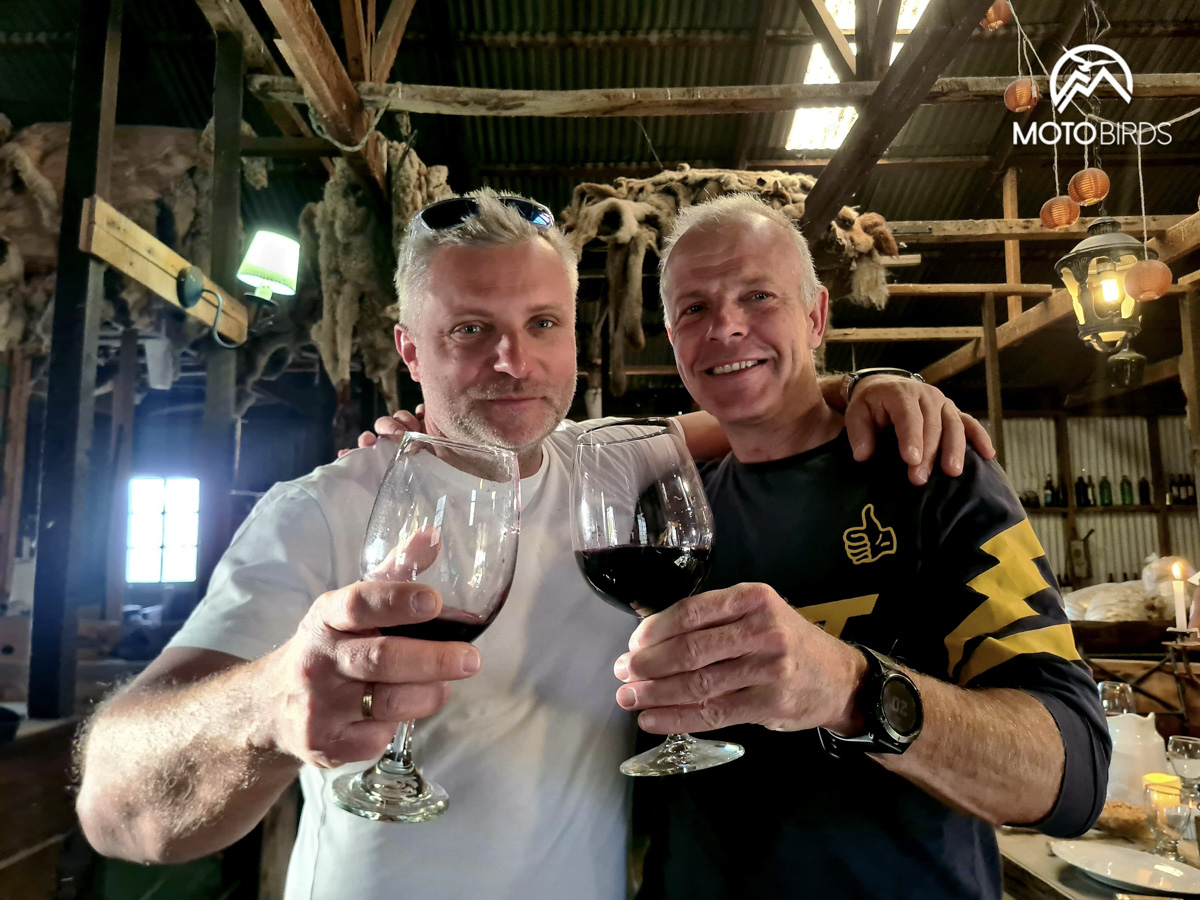
However, until now, we haven’t written about coffee and tea! Yet we often find ourselves in places where the best varieties of these plants in the world grow. We frequently visit local plantations and enjoy aromatic beverages on-site, traditionally brewed and served. As you can see, exotic flavors on a motorcycle adventure can be surprising. That’s why we’re taking you on a journey that is completely different from the usual one. Coffee, tea… sometimes alcohol, that’s what you can (and even should) drink with us on the road.
Exotic Flavors on a Motorcycle Adventure in Africa
Africa is an interesting place! There are pretty amazing routes making it worth visiting, at least in some areas. There are some pretty amazing places to see too. For example, in one of the many national parks like Mkomazi in Tanzania. But can you have a good cup of tea in Africa? Absolutely!
You’re probably familiar with the popular Rooibos from this continent. African red bush, from which a sweet-honey infusion is made, only grows in South Africa. It is very popular worldwide, but we love the tea from Tanzania. And apparently, we’re not the only ones, as Tanzania is one of the largest tea producers in Africa.
Green Kilimanjaro Tea is a popular tea in Tanzania, cultivated in the vicinity of Mount Kilimanjaro. Tanzania boasts many places where tea leaves are organically grown and in accordance with fair trade principles. It adds value to the distinctive taste with a delicate citrus note that brings to mind the African sun. After a full day of riding, it’s pleasant to sit on a terrace with a cup of tea and take a deep breath of warm air.
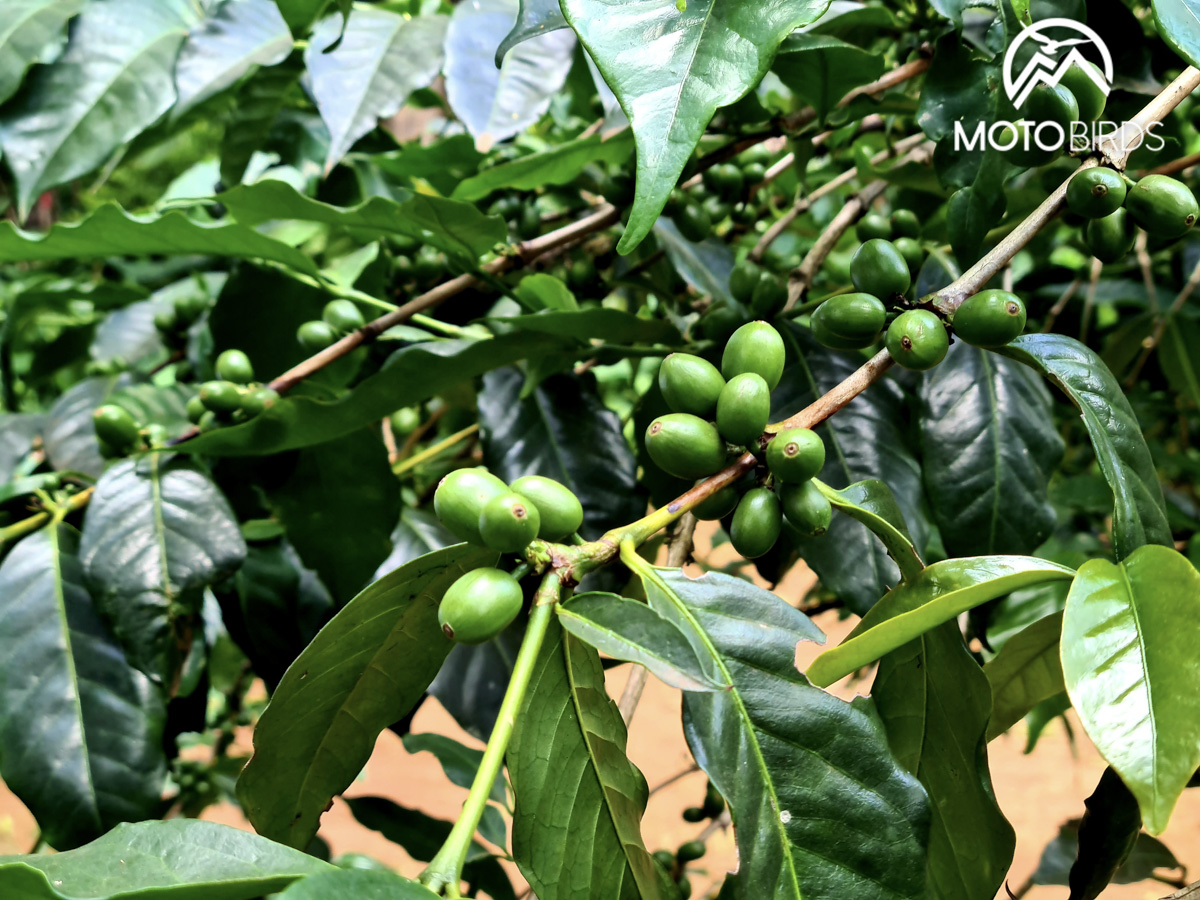
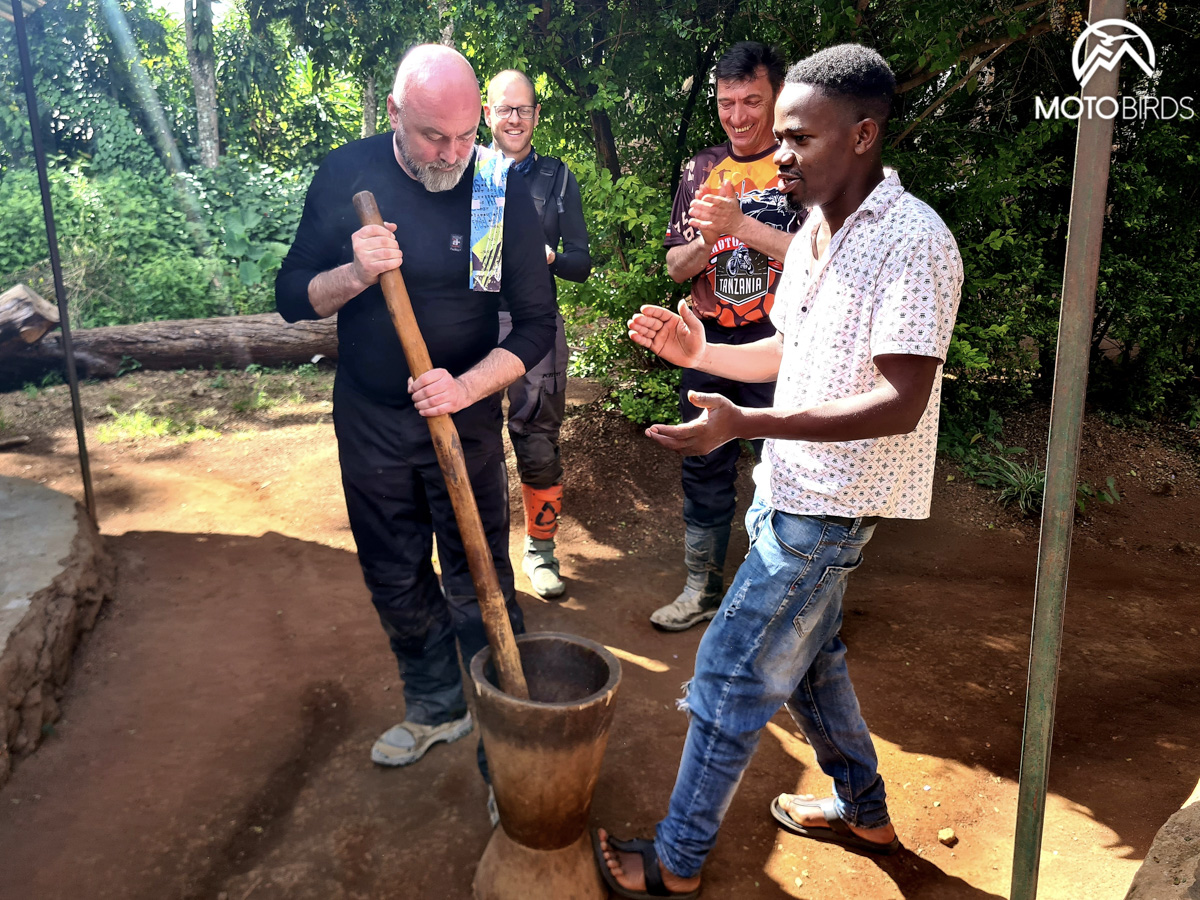
In Tanzania, you can also enjoy excellent coffee. Coffee arrived here in the 16th century from Ethiopia. Initially, it was chewed like coca leaves in South American countries. Nowadays, coffee in Tanzania is mainly cultivated in small farms, often covering less than 5 hectares (Spoiler alert! We visit such a plantation on our trip to Tanzania. You can taste the so-called single-origin coffee, produced locally without any additives, thus having a very unique flavor). Nearly 95% of coffee production in the country comes from these farms. Tanzanian coffee typically has a characteristic sharp acidity, often with hints of kiwi, chocolate, or lime aroma. A true feast for connoisseurs.
If you are a fan of stronger spirits, beer unfortunately dominates in Africa. Locally, beer is sometimes made from bananas or dates, but it is more likely that the taste of this beer will be a bit too alien to the usual drinker.. Africa is not particularly famous for alcoholic beverages.
Exotic tea flavors in South America
With MotoBirds, you will immerse yourself in new and exciting tea worlds on every continent! In Patagonia, you can enjoy a brew made from a plant that grows only in a small area between the Atlantic Ocean and the Paraguay River. It has stimulating properties because it contains caffeine. Already in the mid-17th century, it had become an excellent alternative to teas imported from Asia. Do you know which tea we’re talking about? Of course, it’s yerba mate made from the leaves of the Paraguayan holly.
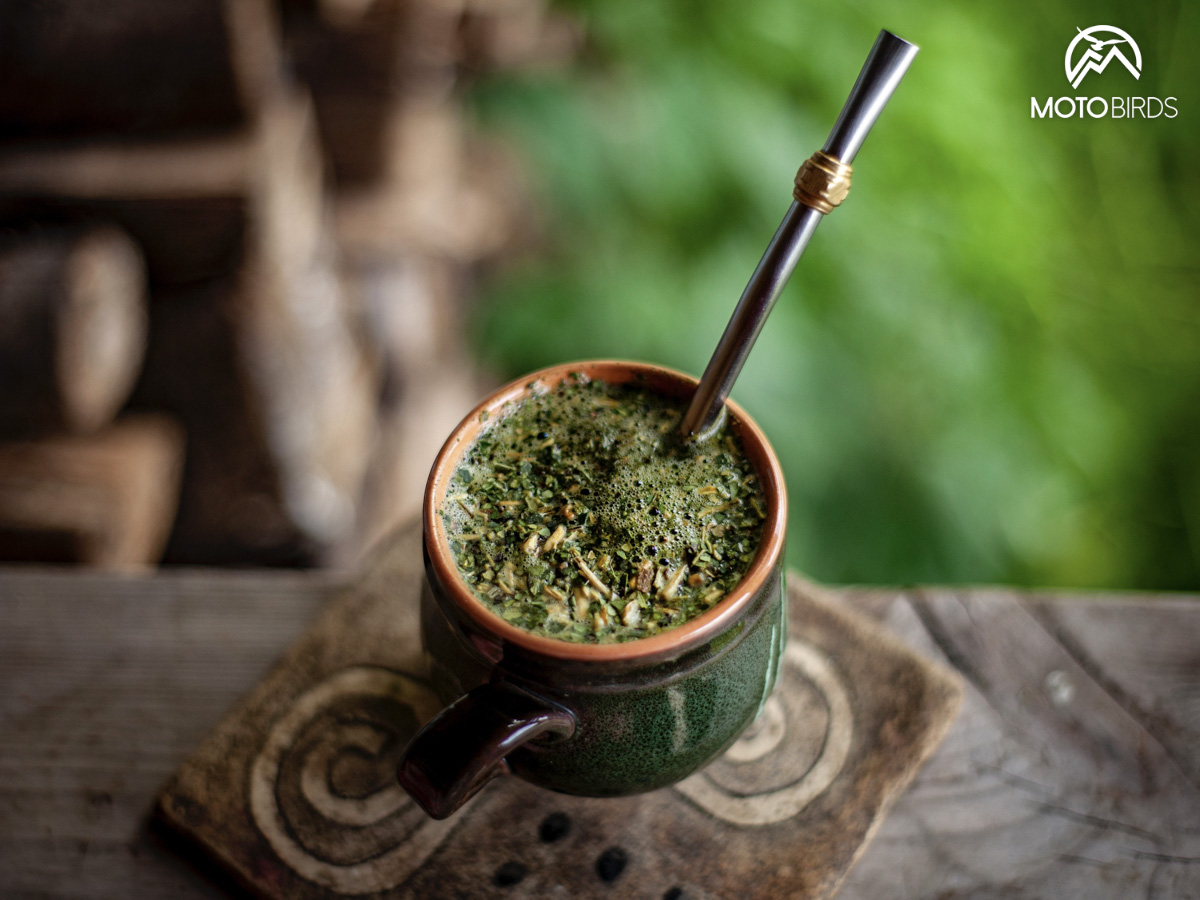
Argentinian yerba mate is excellent for those who are starting their mate-drinking adventure. It has an exceptionally mild flavor and a small amount of dust. Legend has it that the moon goddesses and clouds, who came to visit the Earth, gave the holy bush to an old man who saved them from a jaguar attack. The bush was said to enable the preparation of “a friendship brew.” Traditionally, yerba mate is consumed from a special cup, which is often made simply from a gourd. The dried leaves are poured into the cup, which can take up to 3/4 of its volume. To drink the beverage more easily, it is sipped through a special straw with a sieve, called a bombilla.
Each portion of the dried leaves can be steeped multiple times, using up to a liter of water! This is how the indigenous people often spend their day, drinking mate and replenishing water only.
If you have never tried yerba mate before, prepare your taste buds for a big surprise. Yerba mate does not resemble ordinary tea; it has a bitter taste, and don’t expect any sugar. Since caffeine is one of the favorite stimulants of humans, you will surely appreciate the energizing boost provided by the infusion. This exotic flavor on a motorcycle trip also has a very practical dimension. Besides, the locals have also come to appreciate the Paraguayan holly leaves because chewing them kept them alert during long hunts. Moreover, yerba mate is an excellent appetite suppressant and helps forget about fatigue. It is also rich in minerals, making it healthy and wonderfully effective in reducing stress. Doesn’t it sound like the perfect drink for spending many hours in the saddle?
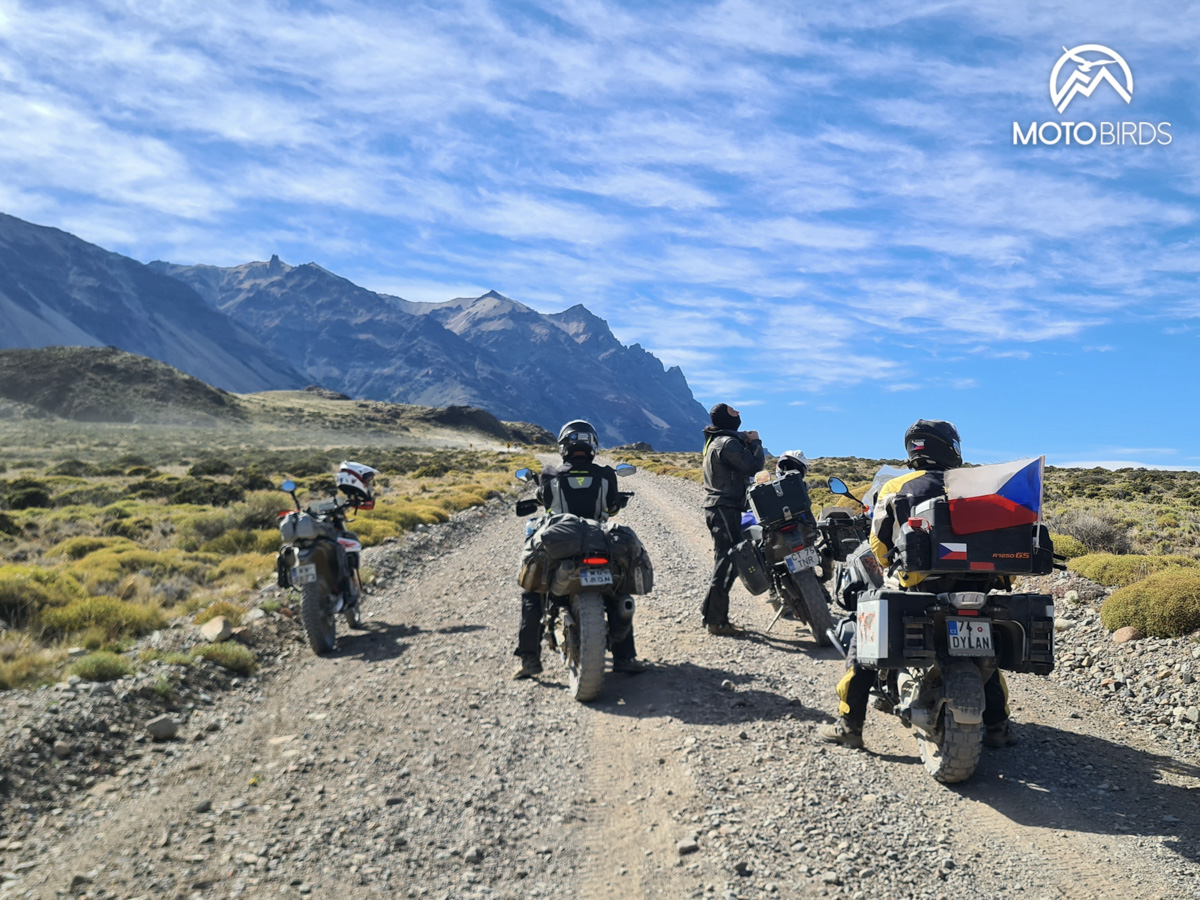
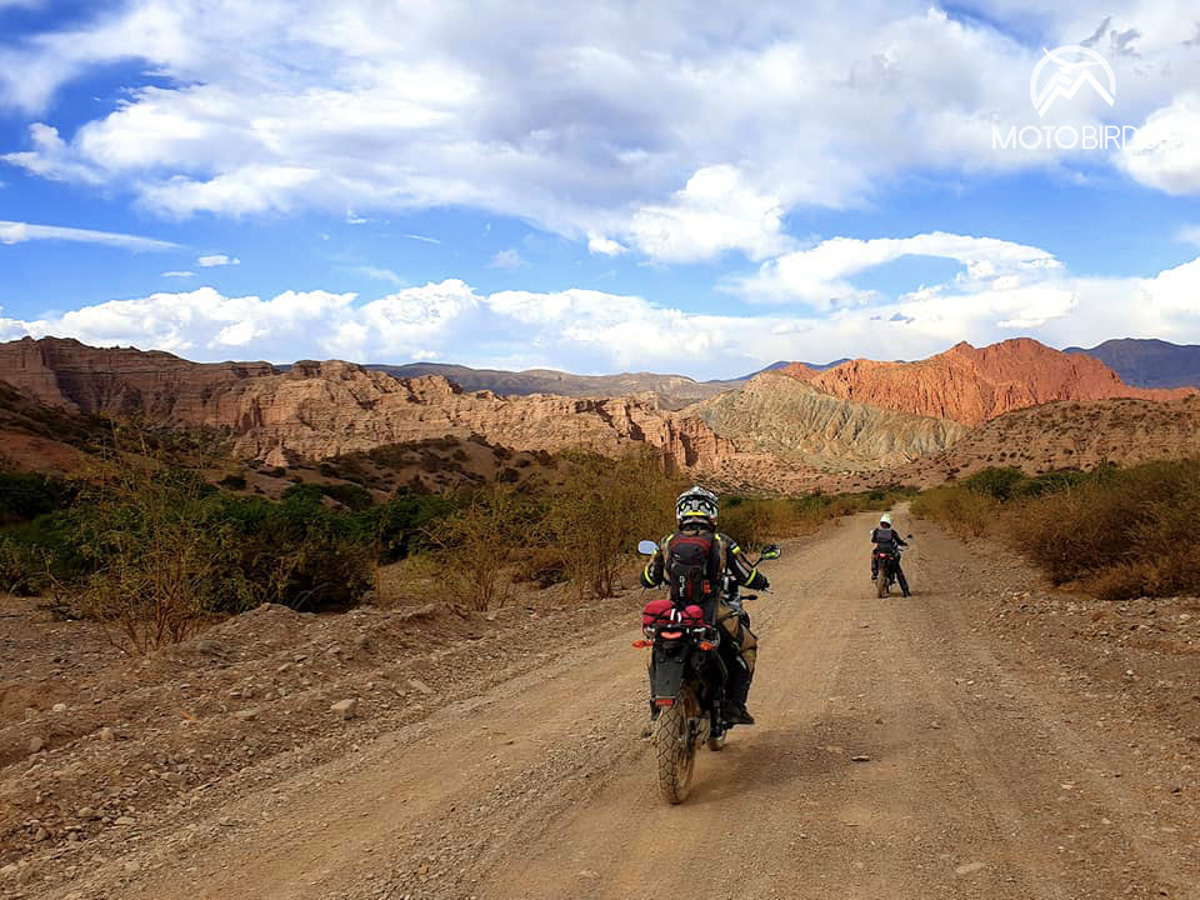
Latin America is also known for its excellent coffee and… wine
We don’t need to convince anyone that coffee is fantastic in Latin America. The best coffee varieties in the world come from this region. In fact, we have already written about the coffee trail in an article about the best motorcycle routes in South America. We less often associate excellent coffee with Costa Rica.
Costa Rica it’s a small but beautiful country that cares about the environment. The air is clean, temperatures are pleasant, the land is incredibly fertile, and the coffee plantations are located even at 2000 meters above sea level. Furthermore, most of the plantations are completely organic. Imagine the wonderful coffee you can drink here. Several varieties of Arabica coffee are grown in Costa Rica, including the most exquisite one called geisha. It combines fruity and floral notes that every coffee lover will appreciate. In most Costa Rican plantations, coffee cherries are handpicked, and the beans are processed using the wet method. Since most of the plantations are organic, only ripe fruits are harvested and undergo meticulous processing.
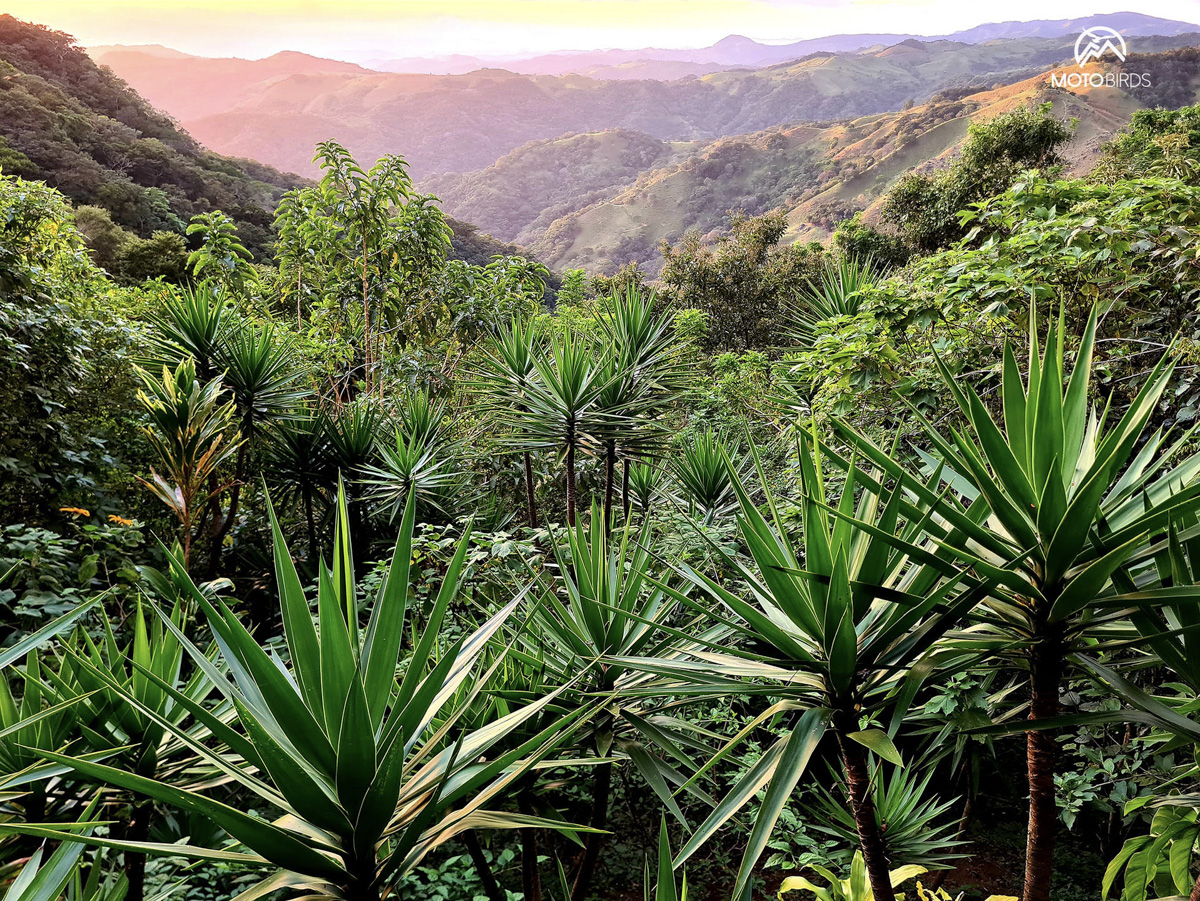
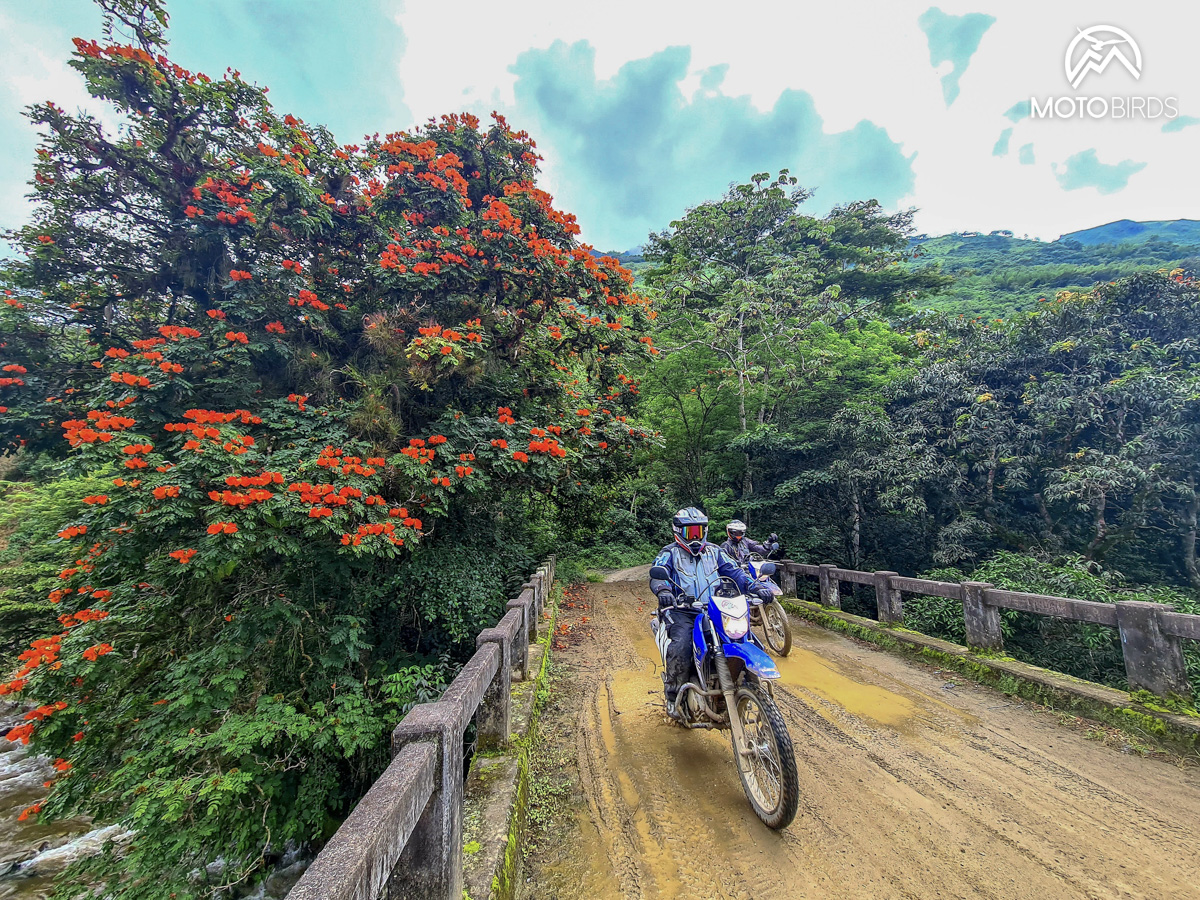
If you are heading to Latin America, be sure to try Chilean wine as well! Wine has been cultivated in Chile for almost 500 years, and its origins can be traced back to the Spanish conquistadors who needed raw materials for making sacramental wine (or so they say). We can say that Chile is an underrated wine paradise. Its diverse climate and excellent soils, coupled with mountainous terrain ensuring proper sun exposure, make the taste of Chilean wine simply extraordinary. Closer to the equator, where temperatures are higher, it’s worth indulging in red wine. In the south, where it’s decidedly cooler, white wines reign supreme.
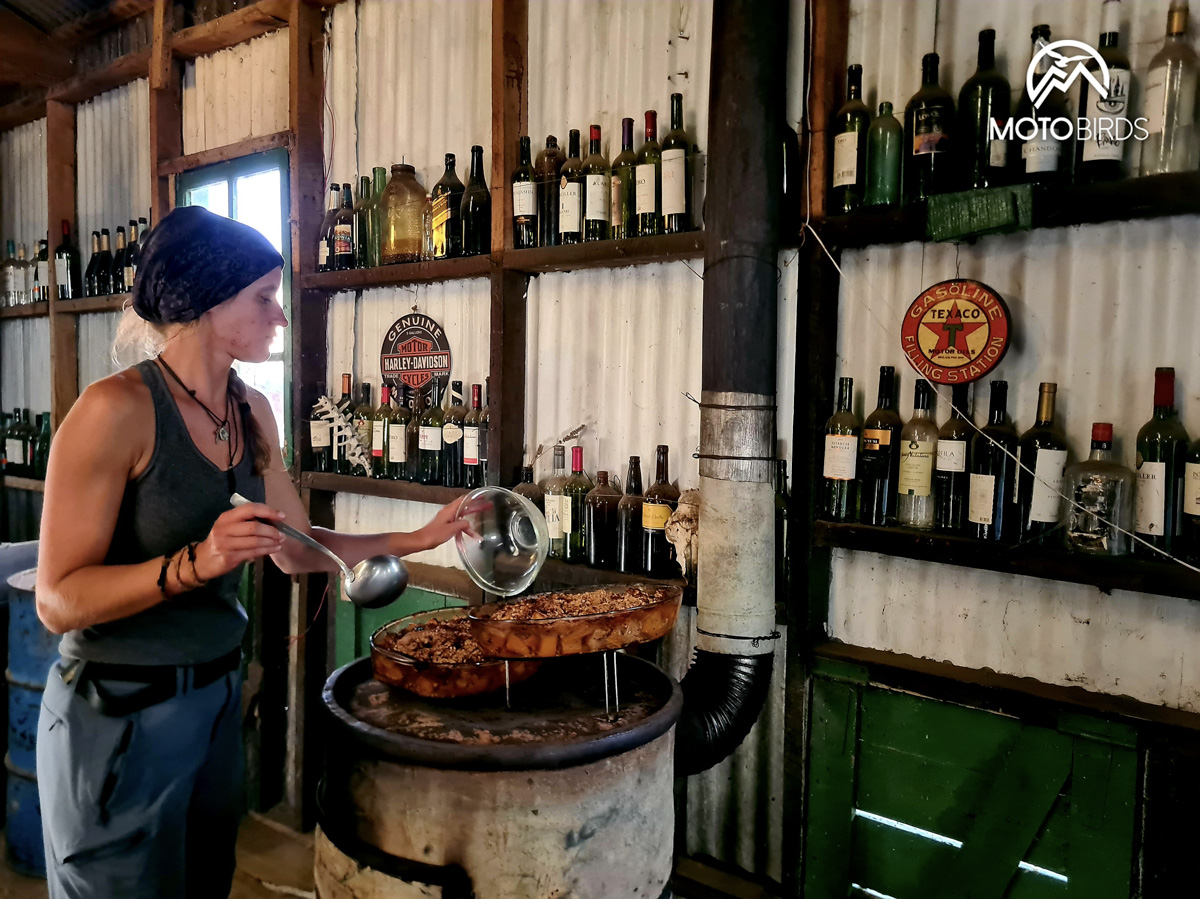
Currently, Chile ranks 10th in the world’s largest wine producers, which speaks volumes about the quality of wines produced. The key to success lies in simplicity and excellent quality, all at a relatively low price. Chilean wines (if we believe scientific research, and why wouldn’t we?) have, on average, 10 times more antioxidants than wines from other regions of the world. So, if not the taste, the health benefits alone should convince you to try them.
Exotic flavors on a motorcycle journey through Asia
Let’s start our Asian motorcycle journey through exotic flavors in the company of the world’s highest mountains. In Nepal, on the slopes of the majestic Himalayas, a unique tea is grown, fragrant with flowers and meadows. Nepali Mai Mu Dan, as it is called, is a delicate and invigorating white tea. It is characterized by a gentle flavor and a light, floral note. The beverage made from white tea gently indulges the palate and leaves a feeling of harmony and relaxation.
If you prefer tea with a slight hint of bitterness, Nepal is also home to the unique Nepal Mount Everest Green tea. This tea is grown on the slopes of Mount Everest at an altitude of over 2000 meters above sea level. The tea leaves are carefully handpicked and undergo minimal processing, preserving their natural properties and extraordinary aroma. It’s wonderful that during your journey, you can enjoy the taste of this exceptional tea while absorbing the atmosphere in the shadow of the mighty Himalayas.

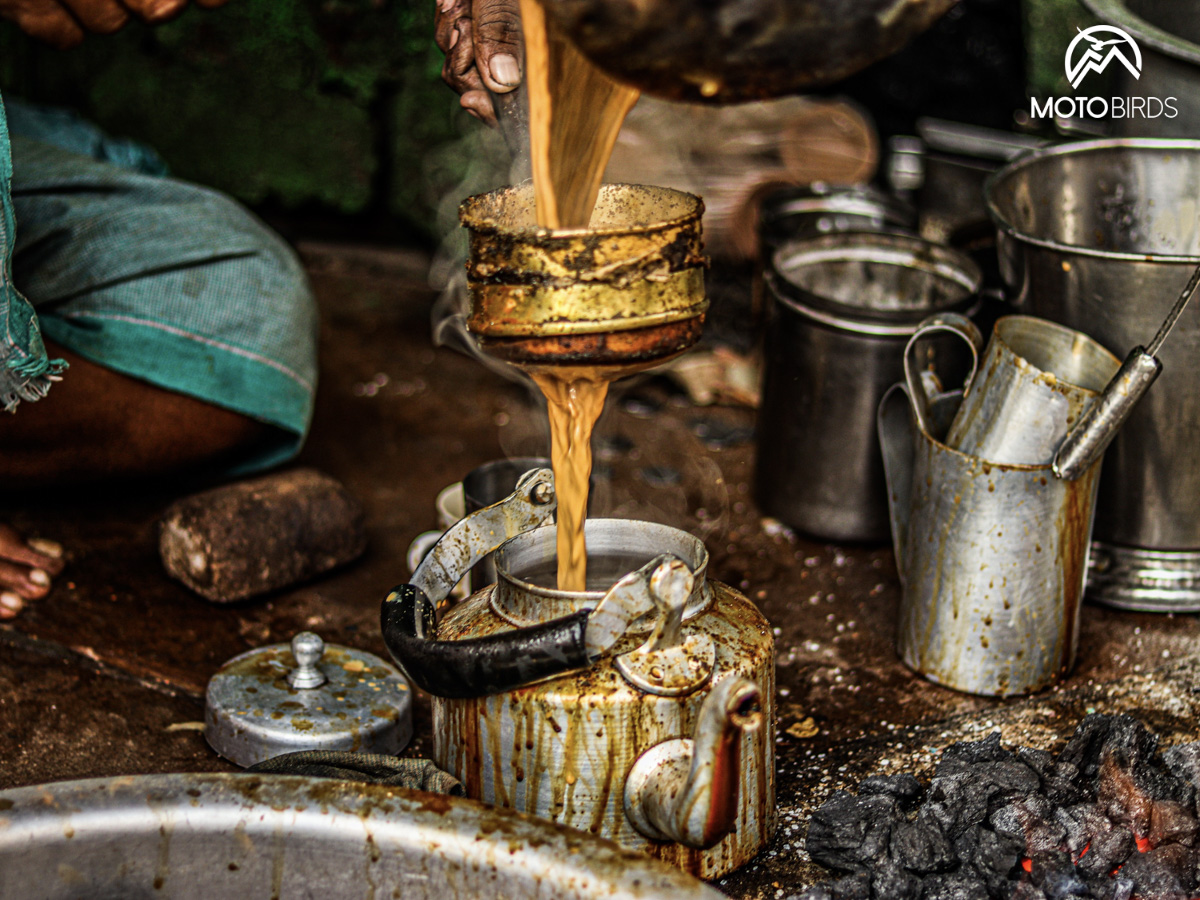
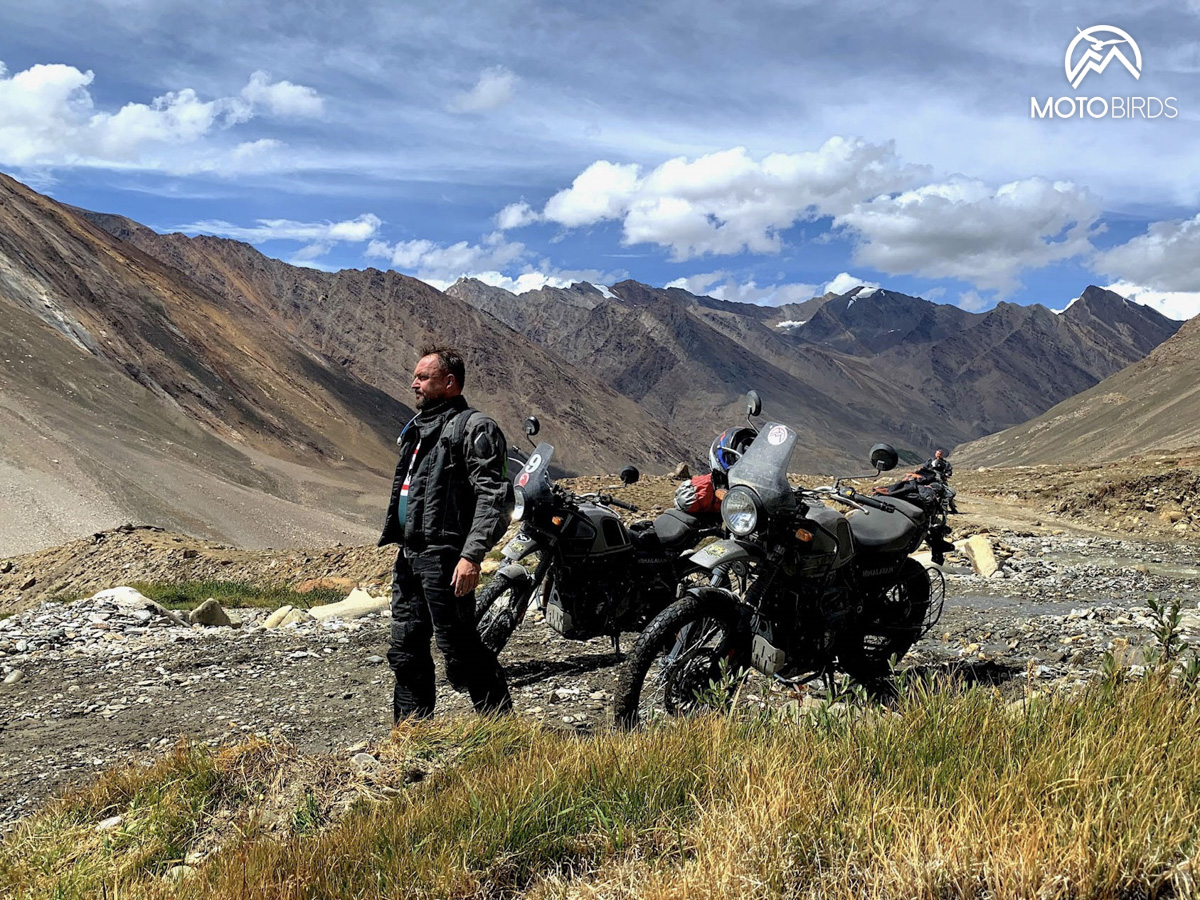
Tea in Asia? We must also mention India. Here, tea is an integral part of culture and tradition. In India, where tea brewing is a ritual, its taste is completely different from the one bought at the market. When you’re in India, be sure to try masala chai. It is a blend of black tea (Assam or Darjeeling), spices, and milk. Each family has its own recipe for masala chai, and the spices used can include cardamom, cinnamon, and even pepper. The prepared decoction is heavily sweetened with cane sugar. Masala chai is widely available on the streets of India, where vendors prepare it in front of customers.
If you have seen the movie “Seven Years in Tibet,” you probably noticed that an important role is played by… Masala Chai. However, in the Tibetan version, which is popular in the Himalayas, its preparation differs from the Hindu version, which is why it is often called whipped tea. Spices are replaced with salt, and instead of milk, yak butter is used. To prevent the formation of oily lumps in the beverage, the tea is whipped in a special cup resembling a butter churn. It tastes a bit like… broth. But only a bit because yaks milk tastes different. However, it perfectly warms you up at high altitudes and provides a lot of energy! It’s best to try it yourself because such flavors can only be experienced locally.
But in Vietnam, where a tea set is a must-have in every Vietnamese kitchen, the easiest way to taste wild tea (usually green). Here in the province, people live close to nature, and along the paths you can find even several hundred-year-old tea trees. The plant chooses the best places for itself, thanks to which the wild tea tree infusion has a deep flavor and great nutritional value. A tree growing wild for decades develops its root system, reaching deep into the earth and getting the best from it. Zero pesticides and fertilizers. Wild tea grows without human intervention. The price of such tea is also very low, because it does not involve any costs of production or maintenance of the plantation.
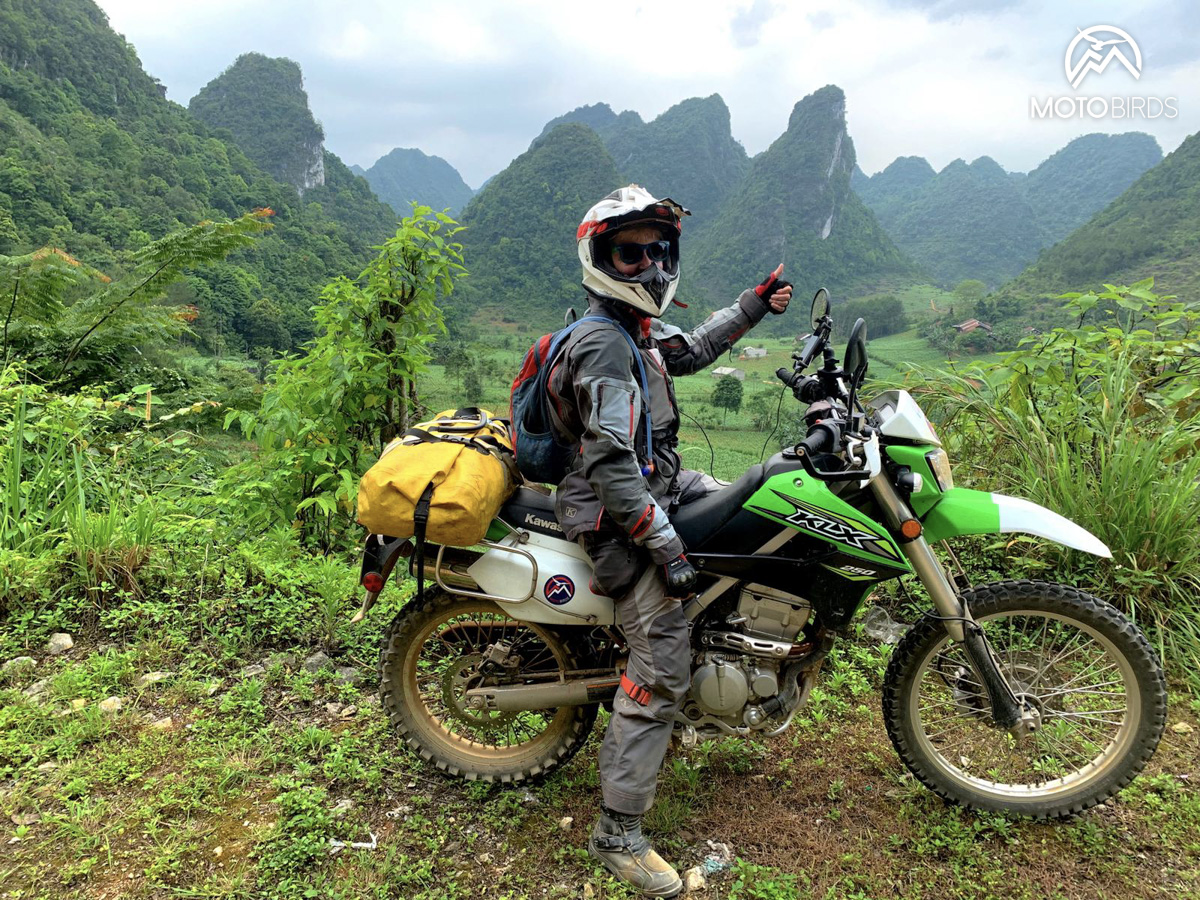
Are you a coffee lover?
In Vietnam, you can enjoy one of the most expensive coffees in the world, which is produced in a peculiar way. This “production method” is a result of a fortunate accident that has led to a different taste (and price). I’m talking about luwak coffee, a delicate and bitterness-free coffee that has become a true global rarity. According to legends, in the 19th century, when colonizers prohibited Indonesians from collecting coffee fruits, the locals looked for an alternative. They noticed that a certain small animal called luwak eagerly ate coffee fruits but couldn’t digest them entirely. During the digestion process, only the pulp was gone and, as it turned out, all the bitterness was removed. If you have a bucket list (like Jack Nicholson’s character in the movie “The Bucket List,” which, by the way, made this coffee famous worldwide), you’ll have the opportunity to check this off in Vietnam. And even if you don’t have such a list, it’s still worth treating yourself to a cup of hot luxury.
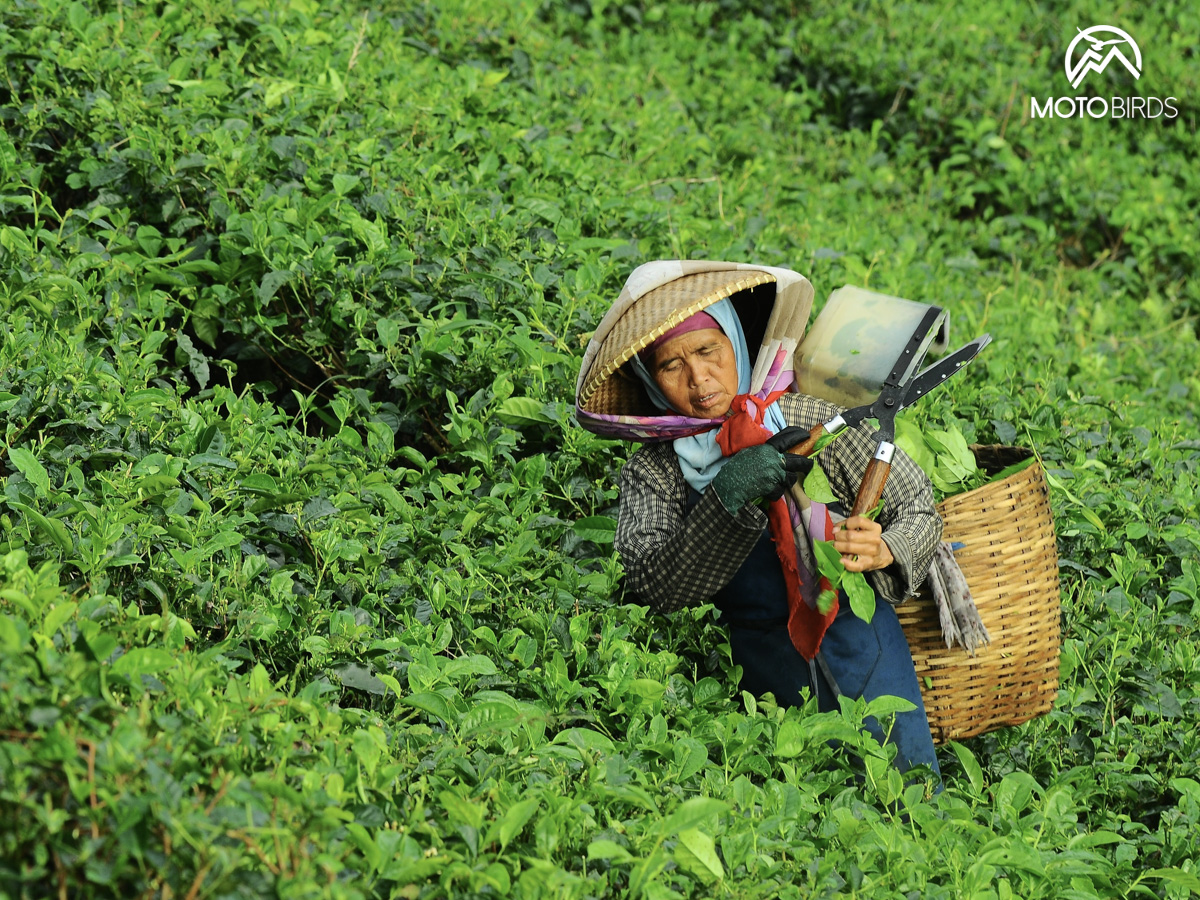
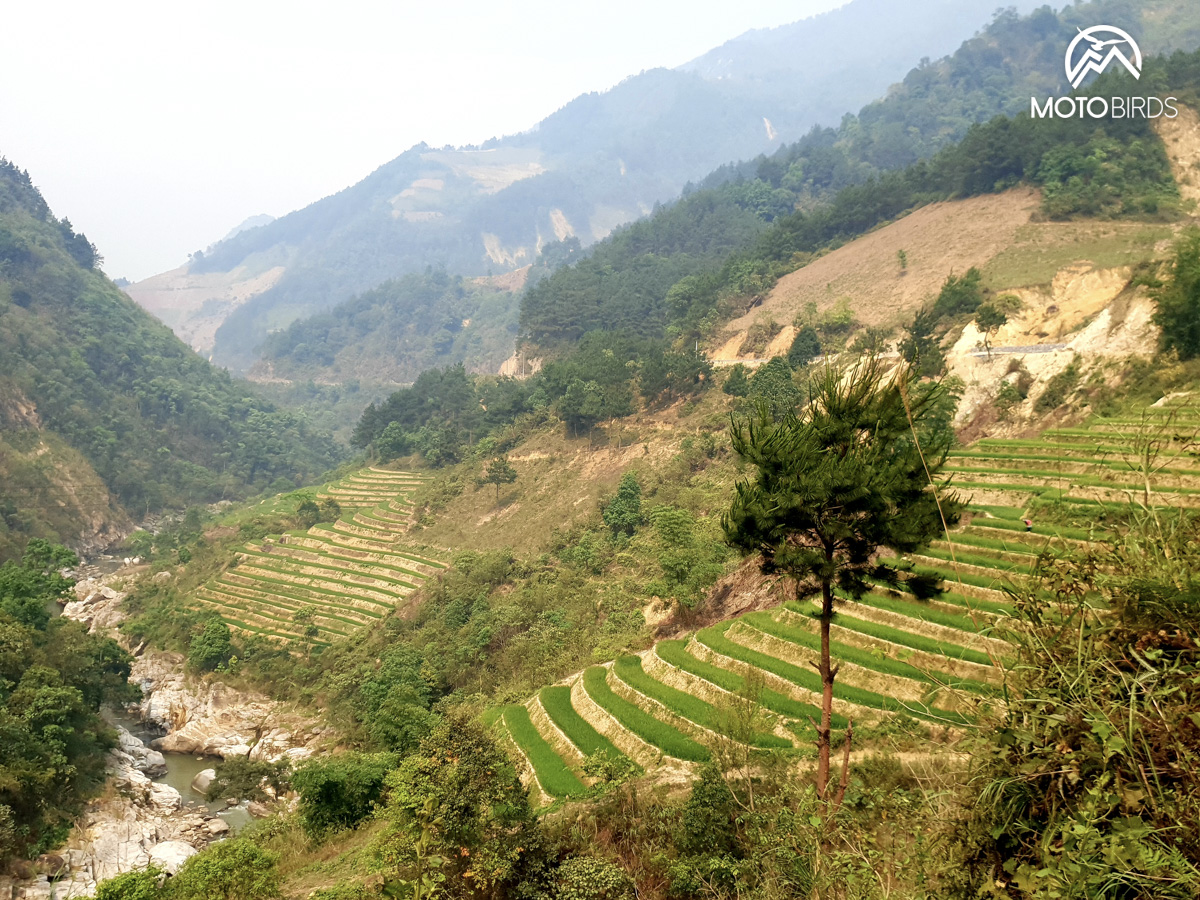
In Vietnam, you can also expect traditional alcoholic beverages. The most popular one is rice wine, which has a distinct rice flavor and can have an alcohol content of up to 50%. Traditional vodka is also sometimes made from rice. Drinking it together is considered a symbol of friendship and unity. Light and refreshing beers are also popular in Vietnam, usually served with meals or at parties. As for more interesting drinks, you can try frozen coffee with condensed milk and alcohol. Vietnamese people consume alcohol during various celebrations as they believe it helps with integration and breaking the ice.
Exotic flavors on a motorcycle adventure are an additional bonus
Coffee, tea, or alcohol produced locally and consumed in a traditional way taste different in every place in the world. You may be pleasantly surprised by discovering these differences! These are the little details we usually don’t think about when planning a trip, but they add spice to the scenery you find yourself in. They surprise your taste buds and can trigger a true explosion of endorphins in your brain. Life largely consists of such little things, and it’s worth paying attention to them.
By visiting Nepal, India, or Vietnam, you can try unique tea varieties and experience the culture and atmosphere of these extraordinary locations. You also have the chance to participate in local tea ceremonies, wander through plantations while admiring breathtaking views, and draw inspiration from the beauty of nature that surrounds these regions. Africa and South America are in love with coffee, and there’s nothing strange about it. The recipe for extraordinary coffee taste lies in the conditions of its cultivation. The higher the elevation of the plantation, the better. Coffee also loves shade, which is why taller trees or palms are planted around coffee trees. Coffee plants are also picky, as they don’t like very low temperatures or fluctuations in rainfall levels. Now you understand why you can have the best coffee experience near the equator.
As you can see, on a motorcycle adventure, exotic flavors can extend to even the most simple aspects of daily life. And that’s truly beautiful!
